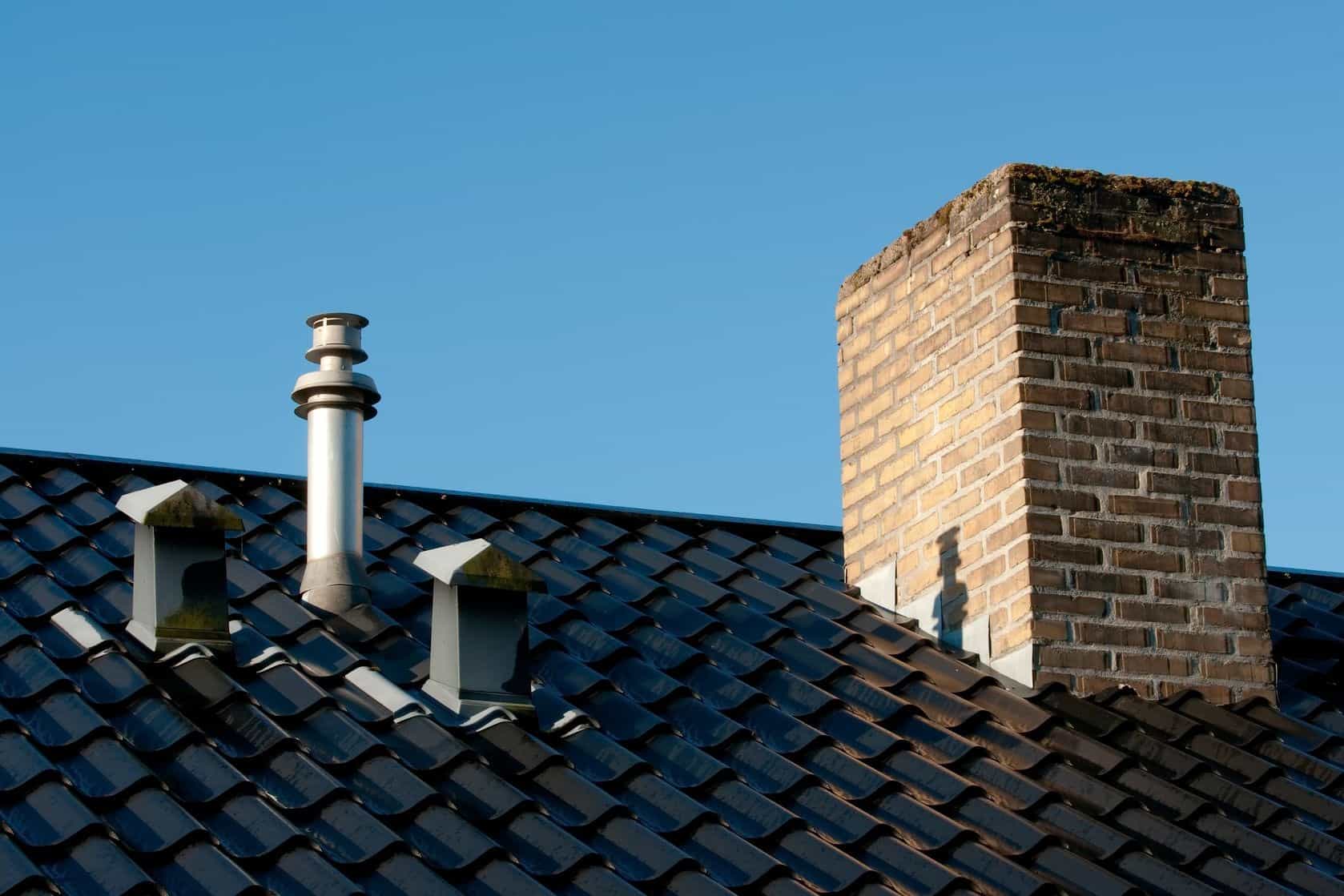Ensuring Adequate Ventilation in Your Plumbing System: Why
Ensuring Adequate Ventilation in Your Plumbing System: Why
Blog Article
This article which follows on the subject of What Is a Plumbing Vent and Why Is It Important is really informative. Don't miss out on it.

Proper ventilation in plumbing systems is typically forgotten, yet it is vital for maintaining the performance and safety and security of your home's pipes. Air flow aids regulate air pressure, protect against the buildup of dangerous gases, and ensure the effective elimination of waste. In this overview, we will certainly explore the significance of correct plumbing air flow, just how it works, and the advantages it gives your plumbing system.
Understanding Ventilation in Pipes
Ventilation in plumbing refers to the network of pipelines that allow air to stream via the water drainage system. These vents serve multiple objectives, consisting of regulating air pressure within the pipes, avoiding sewage system gases from going into the home, and assisting in the smooth circulation of wastewater.
Just How Ventilation Functions in Pipes Equipments
Atmospheric Pressure Law
Appropriate air flow maintains well balanced air pressure within the pipes system. When water moves through pipelines, it displaces air. Without adequate ventilation, this variation can develop unfavorable pressure, resulting in slow down drains or siphoning of water from catches, which can create undesirable smells to leak into the home.
Stopping Sewer Gas Build-up
Among the most vital features of pipes vents is to prevent drain gases, such as methane and hydrogen sulfide, from accumulating within the home. These gases can present major health and wellness risks and are very combustible. Vent pipelines allow these gases to escape safely outdoors.
Assisting in Waste Removal
Air flow helps in the reliable elimination of wastewater by protecting against airlocks in the drainage system. When air can flow openly via the vents, it permits water and waste to stream efficiently via the pipelines, minimizing the threat of obstructions and backups.
Types of Plumbing Vents
Main Heap Vent
The major stack vent, also referred to as the vent pile, is the main vent in a plumbing system. It expands from the major drain align via the roof, enabling gases to leave and fresh air to get in the system.
Branch Vent
Branch vents link to the main stack air vent and serve private components, such as sinks, bathrooms, and showers. These vents make sure that each component has adequate air flow to function properly.
Air Admission Shutoff (AAV).
An Air Admittance Valve (AAV) is a one-way shutoff that permits air to enter the plumbing system without the need for a typical vent pipeline expanding via the roofing system. AAVs are commonly used in remodellings or areas where setting up a typical air vent is unwise.
Indicators of Poor Ventilation in Pipes.
Slow Draining Fixtures.
If your sinks, bathtubs, or bathrooms are draining gradually, maybe a sign of bad ventilation. Inadequate air circulation can create a vacuum cleaner result, making it hard for water to drain effectively.
Gurgling Sounds.
Gurgling sounds coming from drains pipes are commonly an outcome of air being sucked via water catches because of unfavorable pressure in the pipelines. This is a clear indication of inadequate ventilation.
Unpleasant Smells.
Drain smells inside your home are a red flag that your plumbing system is not properly ventilated. This could suggest that sewer gases are not being effectively vented outside, resulting in possibly harmful problems.
Usual Ventilation Errors.
Insufficient Vent Sizing.
Utilizing undersized air vent pipes can cause poor air circulation and pressure discrepancies in the system. It's important to utilize vents that satisfy the specific needs of your plumbing system.
Improper Vent Positioning.
Positioning vents also much from the components they offer can decrease their effectiveness. Proper placement ensures that air can move easily and effectively with the system.
Ignoring Code Demands.
Building codes offer details guidelines for pipes air flow. Ignoring these codes can cause a system that fails to function correctly and might lead to pricey fixings or carcinogen.
Benefits of Proper Ventilation.
Enhanced System Efficiency.
Effectively aerated plumbing systems run a lot more effectively, with fewer obstructions, faster draining, and much less stress on the pipes. This efficiency expands the lifespan of the pipes system.
Improved Air Quality.
By preventing drain gases from entering your home, proper ventilation adds to much better interior air quality, making your living setting healthier and more comfortable.
Protecting Against Water Damage.
Adequate ventilation assists stop water from being siphoned out of traps, which can cause sewer gases entering the home and triggering water damages with time.
Steps to Make Certain Proper Ventilation.
Consulting Plumbing Codes.
Always seek advice from local plumbing codes when designing or customizing your plumbing system. These codes offer the required standards for correct airing vent and ensure your system satisfies safety standards.
Normal Examination and Upkeep.
Routine evaluations can help determine prospective ventilation issues before they become major problems. Upkeep tasks, such as cleaning up vent pipelines and checking for blockages, are crucial for keeping the system in good working order.
Expert Installment.
For new installations or major modifications, it's smart to work with a specialist plumbing. They have the know-how to ensure the ventilation system is properly created and mounted according to code.
Conclusion.
Appropriate air flow is a critical component of any plumbing system, ensuring that it works successfully and securely. By comprehending the value of air flow, acknowledging the signs of poor ventilation, and taking actions to preserve your system, you can avoid costly issues and secure your home's air high quality.
Understanding the Role of Your Plumbing Vents in the Drainage System
The plumbing system in your home is more than just the kitchen sink, toilet, and bathroom. Some problems that arise within home plumbing are hard to detect because homeowners may not understand potential causes.
One part of the plumbing system that could cause you endless problems is the venting. The drain lines that run through your home and drain wastewater need proper venting to function properly. Faulty plumbing vents can lead to several problems that require the expertise of a plumber to check them out. Before finding experienced plumbing services, there are a few things to learn about plumbing vents.
Why vents are vital
Vents in the plumbing system lead to an outside area such as the roof or the back. The function of these vents is to keep sewer gases away from the drain pipes. They also establish seals in the drainage pipes that prevent the sucking back of waste gases into the home. Venting in the plumbing system also allows oxygen to get into the drainage system, which is an essential component in the breakdown of waste matter. The vents also ensure that the air pressure within the drainage system remains balanced, facilitating the flow of wastewater.
Possible problems
When the plumbing vents are problematic, one of the consequences is imbalanced water levels in the toilet. If you notice that the levels in the toilet bowl rise and fall all the time, then there may be something wrong with the vents.
Another issue is air bubble formation within the toilet. In most cases like these, the drain pipes are not receiving enough air. Lack of air pressure equalization is what leads to water flow problems. If you come across such issues in your home, make sure you call professional plumbers, such as the ones from Perfection Plumbing & Drain Cleaning Ltd.
Potential causes
Several scenarios can lead to some of the plumbing problems that homeowners suffer because of venting. One such scenario is the use of incorrectly sized vents. Usually, vents are the same size as the drain line to facilitate proper venting. Vents that are too small will lead to some plumbing issues. Another potential cause is fixtures that are not close enough to the vents. In this scenario, air forces itself through the traps of other fixtures, leading to gurgling sounds from toilets and sinks.
Most of these problems also happen with clogged vents. Tree leaves and debris can cause clogging when they make their way down a vent. Unclogging plumbing vents is a service that you can entrust to Saskatoon plumbers. They will know how to snake down vents and remove clogging stuck in fixtures.

I discovered that blog post on Essential Plumbing Vent Pipes: Understanding Their Role while surfing the internet. Enjoyed reading our piece of writing? Please share it. Let somebody else locate it. Thanks so much for your time invested reading it.
Free Estimates Report this page